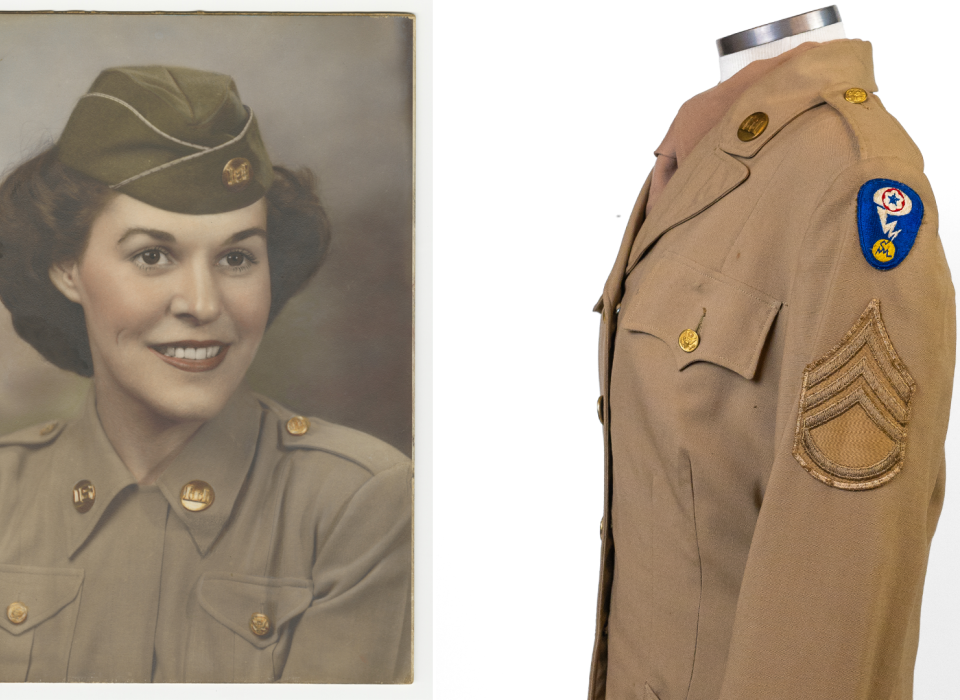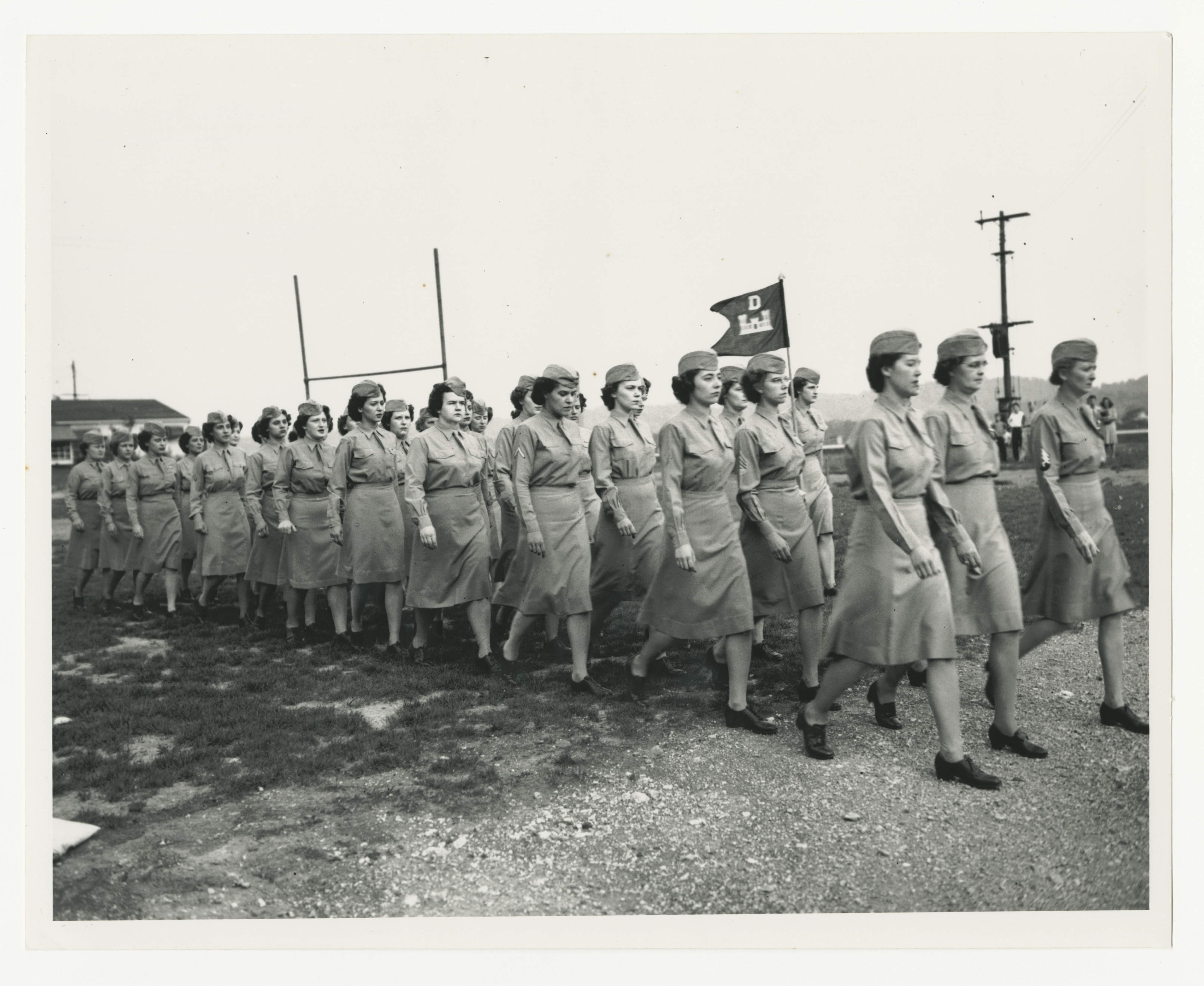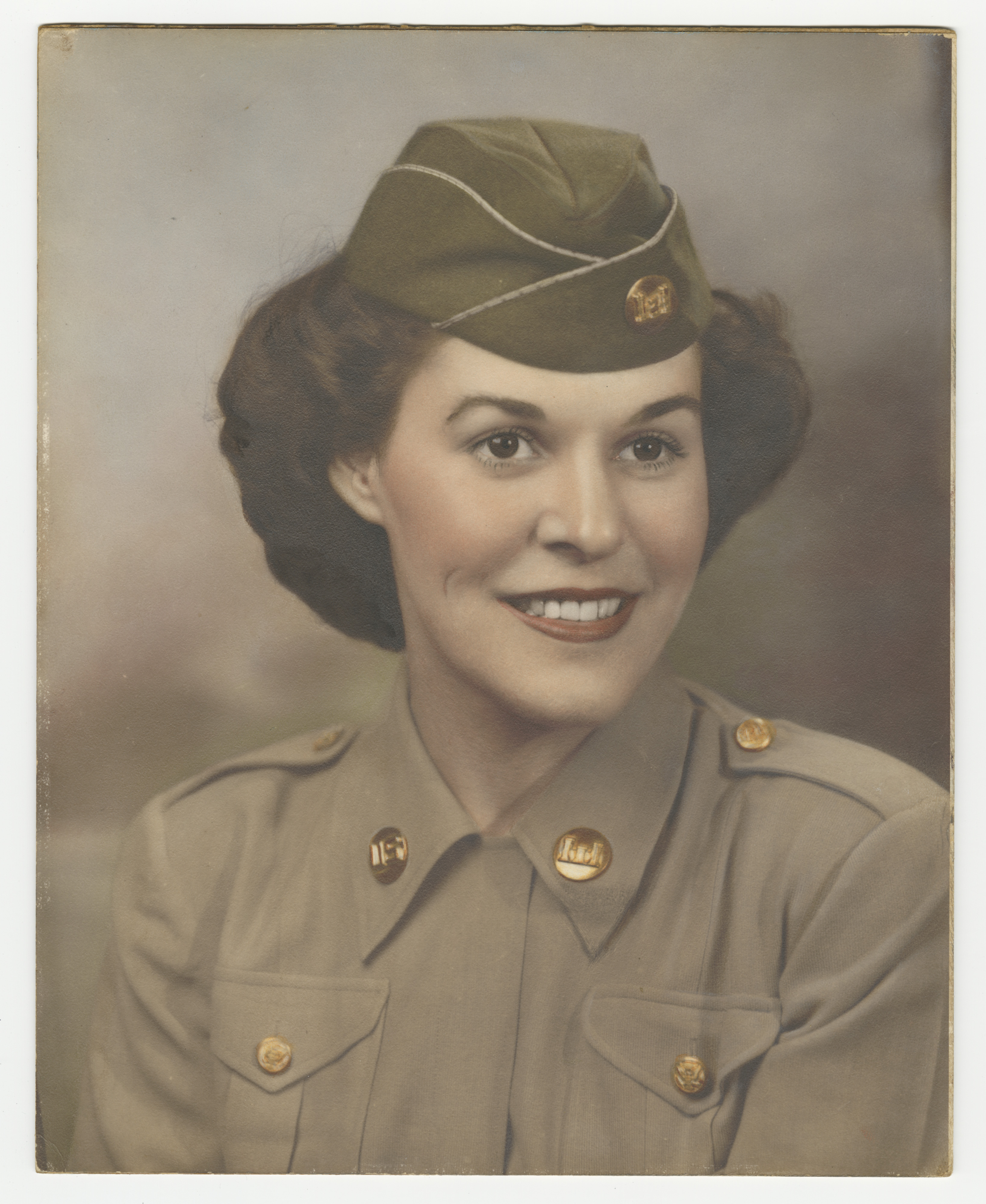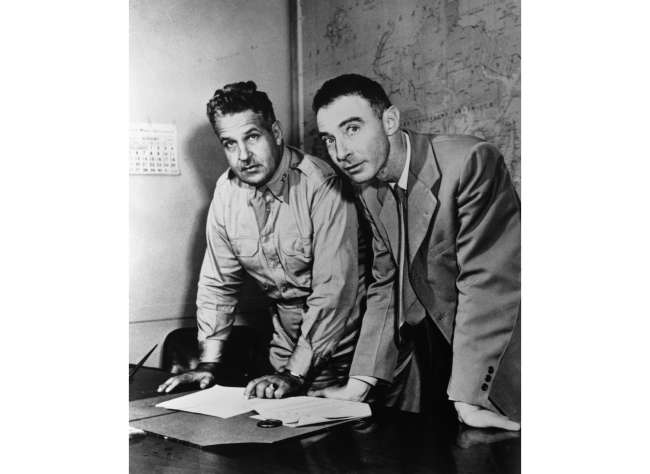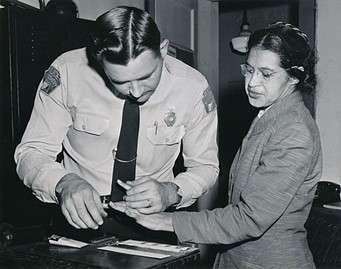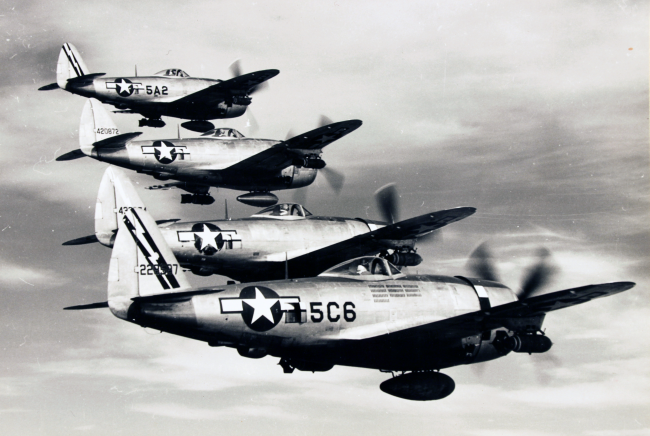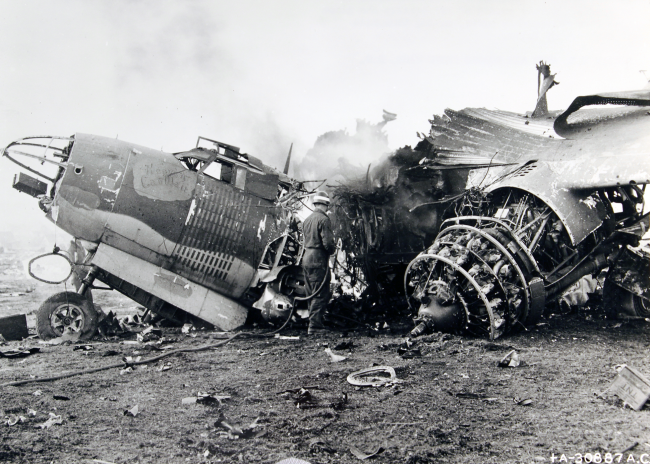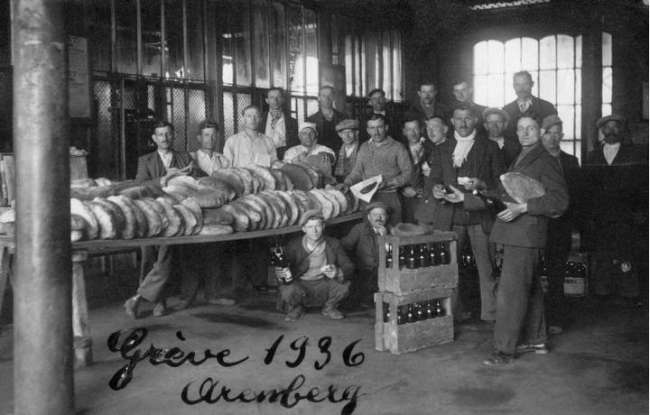In military offices across the United States, soldiers were busy not just with the mechanics of war, but also with paperwork. The US Army offices of the Manhattan Engineer District (MED) were no different, and the facilities at Los Alamos, New Mexico, and Oak Ridge, Tennessee, included these office warriors.
Oak Ridge, the administrative headquarters of the MED, was a secret city that housed thousands of workers. It included three massive plants, which operated to produce the enriched uranium necessary for the atomic bomb. Some workers were directly involved in the project, but most of the individuals working at the “Atomic City” were employed in the everyday administration required to keep a town running. They had only a small understanding of the vast importance of the MED’s purpose. All were sworn to secrecy and given only the basic information that they needed to carry out their specific function and no more.
A separate Women’s Army Corps (WAC) detachment was established on June 3, 1944, to supply female forces for the Manhattan Project, with an initial 74 women reporting. Each of these individuals underwent a personal interview by the WAC staff director who commanded the Oak Ridge company and was hand-selected for the assignment. Most of the WACs were split between Oak Ridge and Los Alamos, but a few were at Hanford in Pasco, Washington, and Washington, D.C., Chicago, New York City, and even London. By the war’s end, 422 WACs had served with the Corps of Engineers on the Manhattan Project.
For the WACs, the MED installations were isolating, and the tasks, while often routine in nature, carried a heavy responsibility and required the utmost security because of the subject matter. WACs at Oak Ridge were stenographers, typists, clerks, and telephone operators. They handled records and reports, even classified files and communications. Some became metallurgy, electronic, or spectroscopic technicians. Typically, WACs were not used as engineers or scientists, although a few civilian women did work in the MED in these roles.
In a May 1945 Oak Ridge publication celebrating the third anniversary of the Women's Army Corps, then-Colonel K.D. Nicholls wrote: “Your Corps has been entrusted with a major portion of the responsibility for preserving the security of the vital work on which we are engaged. This trust is only one measure of recognition of the important role which you play in our continuing battle for complete and final victory.”
Wilma Betty Gray (later Gianos) from Akron, Ohio, served as an Oak Ridge WAC. She enlisted in the Army alongside her twin brother in August 1944. They both had extra motivation to speed the war effort because their older sister was a civilian prisoner of war of the Japanese, held in Santo Tomas Internment Camp in the Philippines. Gray had studied at Kent State University and was working as a secretary, but she had never lived far from home. Her WAC journey began when she boarded a train, destination unknown. Her assignment was Oak Ridge, Tennessee.
Gray’s daily life at Oak Ridge was a big adjustment from back home in Akron. She roomed with the other WACs in a big dormitory and described Oak Ridge as “a bit dirty, a bit dusty, and a bit muddy.” Gray worked as the general secretary for the Safety, Security, and Fire Prevention Office at the K-25 building at the Oak Ridge Gaseous Diffusion Plant, which was the site and project codename for the production of enriched uranium. Promoted to Staff Sergeant, she handled classified reports and correspondence related to the project. With all the secrecy, she felt that her time at Oak Ridge was like “living in a big cage surrounded with barbed wire.” But despite the circumstances, Gray met her future husband, John H. Gianos of Milwaukee, Wisconsin, while a WAC. He was an engineer with the Special Engineering Detachment who also worked in the K-25 building. Gray participated in the Manhattan Project at Oak Ridge until the war’s end, and she later left the WAC in August 1946.
The day when the A-bomb news could be released was dubbed by the [Manhattan Project] WACs ‘our day,’ and they were, according to the staff director, ‘the proudest WACs in the Army.’
Mattie E. Treadwell, the Women’s Army Corps
Kim Guise
Kimberly Guise holds a BA in German and Judaic Studies from the University of Massachusetts Amherst. She also studied at the Universität Freiburg in Germany and holds a masters in Library and Information Science (MLIS) from Louisiana State University. Kim is fluent in German, reads Yiddish, and specializes in the American prisoner-of-war experience in World War II.
